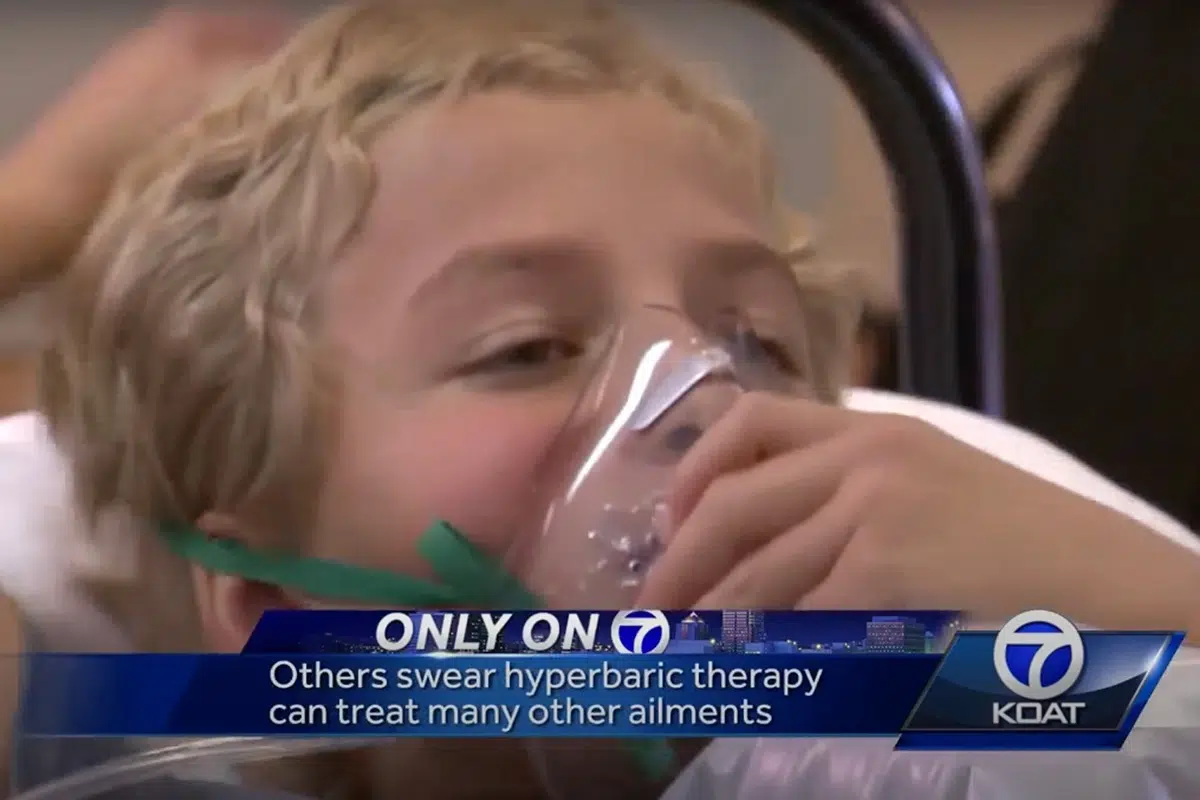September 29, 2023

In this article, we’ll explore how oxygen can be a game-changer for individuals battling health issues such as mold toxicity, fungal infections.
We’ll also dive into the journey of Moe Bedard, who uncovered the incredible benefits of oxygen supplementation, particularly through hyperbaric oxygen therapy (HBOT)
Hyperbaric Oxygen Therapy, or HBOT, involves a specialized pressurized chamber that administers elevated levels of oxygen to a person. The primary objective is to optimize the distribution of oxygen throughout the body, fostering healing by saturating the blood, plasma, cerebrospinal fluid, tissues, and bone marrow with oxygen.
HBOT achieves this by hyper-oxygenating the blood and tissues, yielding multiple positive effects on healing and oxygenating hypoxic (oxygen-deprived) tissues. It stimulates progenitor cells, aiding in the repair and regeneration of both hard and soft tissues. In cases involving infections deep within tissues and bones, HBOT can exert a direct antibiotic effect or complement other standard treatments. Additionally, it assists in suppressing inflammatory factors, facilitating the healing process.
Mold is different from typical plants because it doesn’t help clean the air by taking in carbon dioxide and giving off oxygen. Instead, mold does the opposite – it uses up oxygen and releases carbon dioxide and carbonic acid. This means mold takes away vital oxygen while making harmful substances, like mycotoxins, that can slowly harm us.
When people breathe in these toxins that replace oxygen in the air, they end up with less oxygen in their bodies. In urgent situations, like in the emergency room or with paramedics, the first thing they do is provide extra oxygen, and that’s really important.
Places with a lot of mold, like homes, workplaces, or schools, have unhealthy air because mold spores release mycotoxins (biotoxins) and produce carbon dioxide. Breathing in this toxic air can lead to highly toxic and acidic blood, making people sick and even causing diseases or death if not treated. The toxins and gases from mold take the place of oxygen in both the body and the environment, making it easier for mold to thrive where there’s not much oxygen.
As mold levels go up, they make more carbon dioxide, and when this mixes with water and blood, it becomes carbonic acid. This makes it hard for cells to get enough oxygen, and it leads to acidic blood. As blood becomes more acidic, the body gets inflamed, and people experience various symptoms.
People dealing with mold illness often have symptoms all over their bodies, such as allergies, asthma, headaches, confusion, and more. These symptoms are linked to having too much carbon dioxide and not enough oxygen in their blood.
Molds, similar to cancer and other diseases, do well in places with low oxygen and high carbon dioxide. They’re very skilled at breaking down their host and eventually causing harm.
The best way to counter the effects of breathing in carbon dioxide and mold mycotoxins is to get more oxygen. Oxygen has the power to cancel out the effects of inhaling mycotoxins and gases like carbon dioxide. In short, mold can’t thrive in an environment with lots of oxygen and high alkalinity.
Many studies have shown that hyperbaric oxygen therapy (HBOT) is effective for people dealing with toxic mold illnesses and invasive fungal infections:
Moe Bedard’s family, like countless others, fell victim to mold exposure when they unwittingly rented a home infested with toxic mold in Carlsbad, California. His son, Micah, bore the brunt of this ordeal, experiencing symptoms ranging from joint and bone pain, inflammation, allergies, brain fog, and more. Despite seeking help from ten different doctors, none could accurately diagnose or effectively treat his symptoms.
Desperate for answers, the Bedard family relocated to Albuquerque, New Mexico, in pursuit of cleaner air and a fresh start. There, they stumbled upon a Hyperbaric Oxygen Therapy wellness center, and Micah initiated HBOT sessions in January 2016.
Micah experienced minimal side effects, primarily slight ear discomfort, which they managed with ear candles and sinus medication. After just three HBOT sessions, he experienced a remarkable recovery and has maintained good health ever since. While HBOT isn’t the sole reason for his recovery, it played a substantial role, contributing to approximately 30-40% of his overall healing journey. This journey also encompassed a wholesome diet, essential vitamins, minerals, antifungals, and herbal supplements.
HBOT provides hope for individuals dealing with mold illness and fungal infections. Although it may not serve as a standalone cure, it can play a crucial role in the healing process. Moe Bedard’s personal journey stands as evidence of the therapy’s potential, inspiring others to explore this option in their pursuit of better health
Bedard, M. (2022, January 20). Hyperbaric Oxygen Therapy for Mold Illness. Mold Safe Inspections. https://www.moldsafeinspections.com/hyperbaric-oxygen-therapy
Share on:
A free, open discussion group to explore hyperbaric oxygen therapy, compare home chamber brands, access expert info, and get exclusive member discounts.